Features of the reproduction of irises
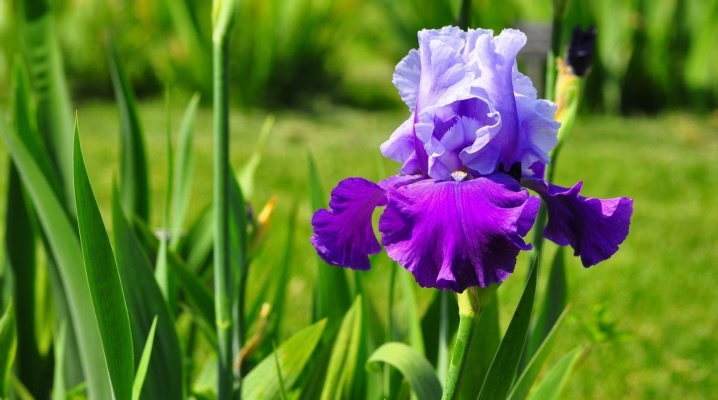
It is believed that for the cultivation of garden and wild-growing irises, the method of separating rhizomes is preferable, and for breeding new varieties, sowing seedlings. Choosing a method of plant propagation, you first need to understand how and for what purpose this is done.
Basic ways
Iris of any kind is a wonderful flower that can become the main decoration in the country and in the courtyard of a country house. Reproduction and caring for it cannot be called difficult, so even a beginner in gardening can grow this beautiful plant on his site without any problems. At the moment, more than 800 varieties of iris are known, although there are only a few main types of this crop:
- root plants;
- bulbous irises, which are divided into several more varieties.
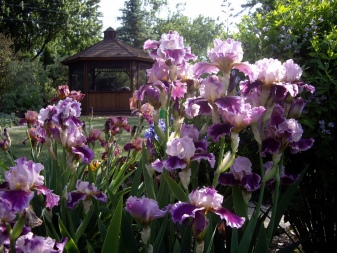
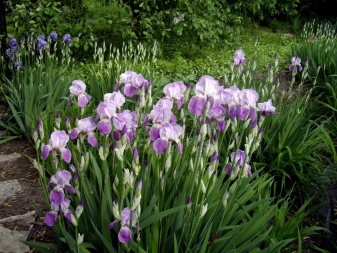
The most common are garden, tall and medium-sized forms of culture: perennial bearded irises, most often planted in the garden in rows and in flower beds. But miniature varieties, for example, Japanese or blue, are also popular. Despite this diversity, breeding methods are only partly related to the characteristics of individual plants.
- Growing from seeds is used, as a rule, to obtain new hybrids. Breeding is carried out by specialists who are well versed in how to improve the characteristics of a flower based on its natural genetics. If you try to grow seedlings from iris seeds on your own in the absence of important knowledge, you can come to a result that is very far from what you want.
- There is a misconception that the reproduction of irises is possible through the roots, but the roots and rhizomes are different organs. The vegetative method of division consists in planting a "scapula", which consists of a small part of the rhizome and a shortened bundle of basal leaves. With the help of the vegetative method, you can get the result faster: a flowering plant.
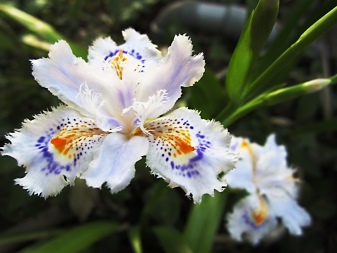

Growing technology from seeds
Almost all varieties reproduce by seeds, with the exception of bearded irises, which, due to the dense shell of the seeds, may not germinate. However, at home, it is not always possible to preserve the varietal characteristics of a particular species. Florists warn that seeds can take a very long time to ripen. They look like boxes, and very often they open, and precious contents instantly pour out of them. Therefore, they are placed in a gauze bag, in which they will ripen. Sowing is carried out in spring and autumn.
- In the spring, artificial stratification is preliminarily carried out. Seeds in a damp cloth (gauze) are placed in a container and placed in the refrigerator closer to the freezer, where they should remain for 30 days. In this case, it is necessary to periodically moisten the fabric.
- At the end of February or at the beginning of March, sowing is carried out, having prepared a nutrient substrate and loosening it well. Seeds are planted in separate containers to a depth of 2 cm, or in peat cups, which are then placed in a warm place with diffused light and left until germination. If the weather is warm, plants with several leaves are planted in open ground in May.


Planting in the fall involves natural hardening of the seedlings. Irises grown in this way are more resistant to external influences and diseases. Sowing is carried out from mid-September to the second decade of October. It is important to position the shoots correctly: a distance of 10 cm must be observed between neighboring plants and between rows.
After planting, the irises are covered with a "synthetic winterizer blanket" that protects them from freezing.
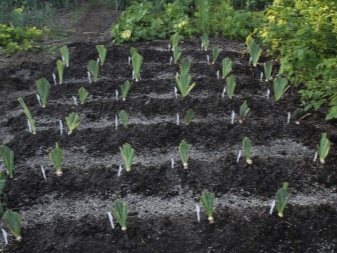
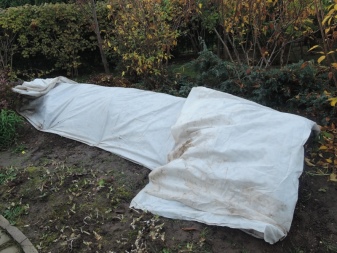
How to plant by dividing a bush?
It is easier to propagate the culture by a vegetative method, moreover, this way you can achieve flowering already next year. To prevent the degeneration of mature plants at the age of 4–5 years and to maintain their ability to bloom, it is advisable to divide the irises every 3 years. There are certain periods during the season for this.
You can plant flowers in spring and summer, when the petals have already fallen, but it is also allowed to do this in early autumn, while the days are warm. The transplant in all cases has some differences, which should be known to those who have not previously been involved in the reproduction of this culture. Gardeners with sufficient experience in the cultivation and reproduction of irises are advised to orient the roots of the plant to the south when planting: this will contribute to optimal heating by the sun's rays and the formation of a large number of young buds.
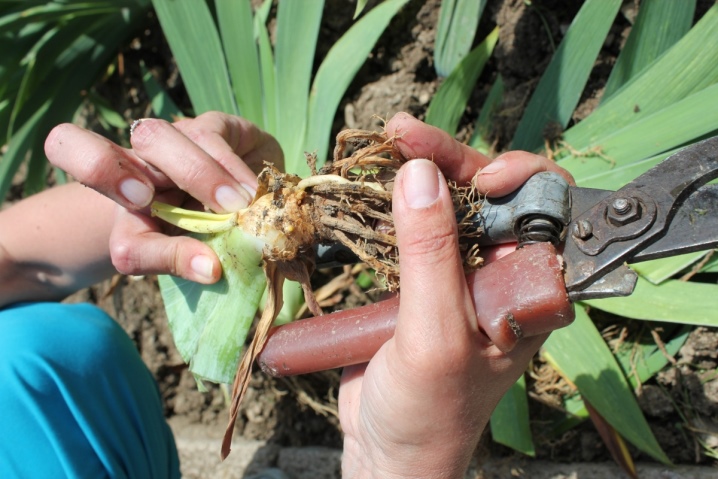
In the spring
First of all, the knife is disinfected with a solution of potassium manganese, and then the rhizome is divided into parts. For this, underground shoots are taken at the age of 1-2 years. They should have buds and several leaves: 5 or 7 pieces. Disinfection of the instrument is carried out during division, and after the completion of the procedure, crushed coal should be applied to the cut sites or lubricated with potassium permanganate.

Seedlings left in the fall are treated with compounds that stimulate plant growth. This is necessary to accelerate root development. If the root processes are excessively long, they are carefully pruned, and the rotten parts must be removed without fail. The disembarkation is carried out as follows:
- make a small hole and pour cleaned sand into it;
- the rhizome with the tops of the leaves cut off is placed horizontally in the hole;
- sprinkle the earth so that the top of the roots remains outside;
- the next plant is placed 50 cm from the one already planted;
- after planting, the land is abundantly irrigated.
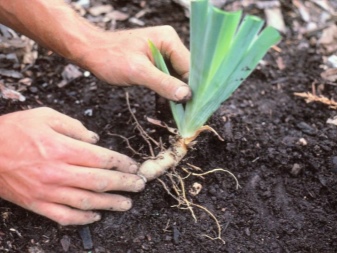

Summer
The ideal time for seating and planting is mid-summer. As a rule, the hottest days are observed in July. When the soil is very hot, the growth of the culture stops, some plants shed their leaves, the development of the root system and lateral shoots is inhibited. The irises should bloom, and then they can be separated.
- Dig up the plants using a pitchfork so as not to damage the roots. Then separate the parts of the rhizome with a knife or clean hands. Many gardeners prefer to simply break the rhizome: this way the planting material is less damaged.
- Young roots are soaked in a solution of potassium permanganate for about 2 hours, and then dried for at least 4 hours.
- Before planting the plants, it is desirable that the sections heal, this takes about 6-7 days. After that, the root processes should be shortened, leaving a length of 10 cm. The tops of the leaves are cut off, leaving 10-14 cm.
- Annual links can be divided into 6-8 parts, the main thing is that each of them has a bud, which, when planting, should be in line with the soil surface. A larger number of cuttings are formed from the lateral buds.

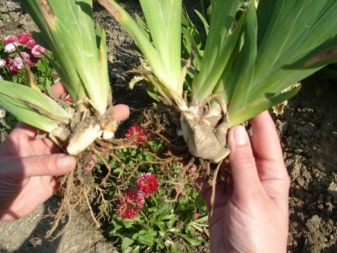
In autumn
Some iris varieties are best divided and replanted in early September, when the plant resumes growth and other vital processes. This is especially true if the summer was rainy and not too hot. The irises planted in early autumn have enough time to gain strength and develop the root system before the upcoming frost, and then successfully overwinter. Having covered the plants in the ground, it is well watered.
After absorbing water, the soil must be loosened and sprinkled with mulch.
Not everyone knows, but irises can also be propagated by sprouts. During flowering, you need to cut off the sprout from the mother plant with the capture of a piece of rhizome. Young sprouts are planted in a cool place, in the shade, and they are constantly sprayed. Rooting occurs very quickly: literally in 2 weeks.In this case, you do not have to worry about the fact that varietal characteristics will not appear.
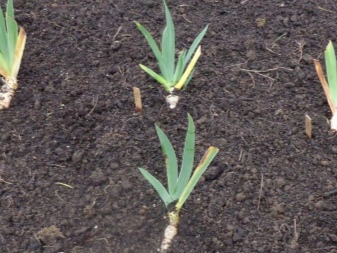
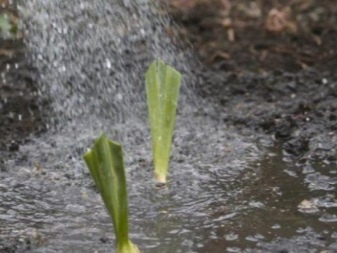
Further care
After the land with the planted plants is watered, watering should be stopped for 3 days. In the future, you need to take care of young plants.
- The earth should be loosened so that an earthen crust does not form on its surface. After root growth, weeding and loosening is not required.
- It is important to regularly remove weeds from the soil, protecting the iris's vulnerable root system until it is fully formed. They do it with their hands very carefully.
- You need to fertilize the soil 3 times per season: in early spring, during the flowering period and a month after the petals fall off.
- Watering is carried out as the land dries up in moderation.
- Pest control is carried out by spraying once every 15 days. Mostly irises can be affected by insects such as thrips, which eat up the leaves of flowers.
- Due to excessive watering, the roots of irises rot, and then they have to be removed from the ground and treated with a special "Hom" agent, and then dried in natural conditions for half a day.
- At the end of summer, it is advisable to spray the plants with copper sulfate (for 5 liters of 50 g of the product) in order to prevent the appearance of dark spots on the leaves.
- Particularly sensitive delicate flower varieties need a reliable shelter for the winter. Remove protection after the snow melts.
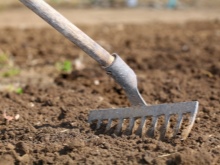
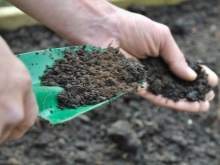
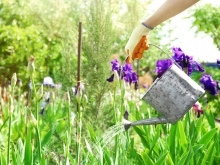
For more information on reproduction and subsequent care of irises, see the video.







































































































The comment was sent successfully.